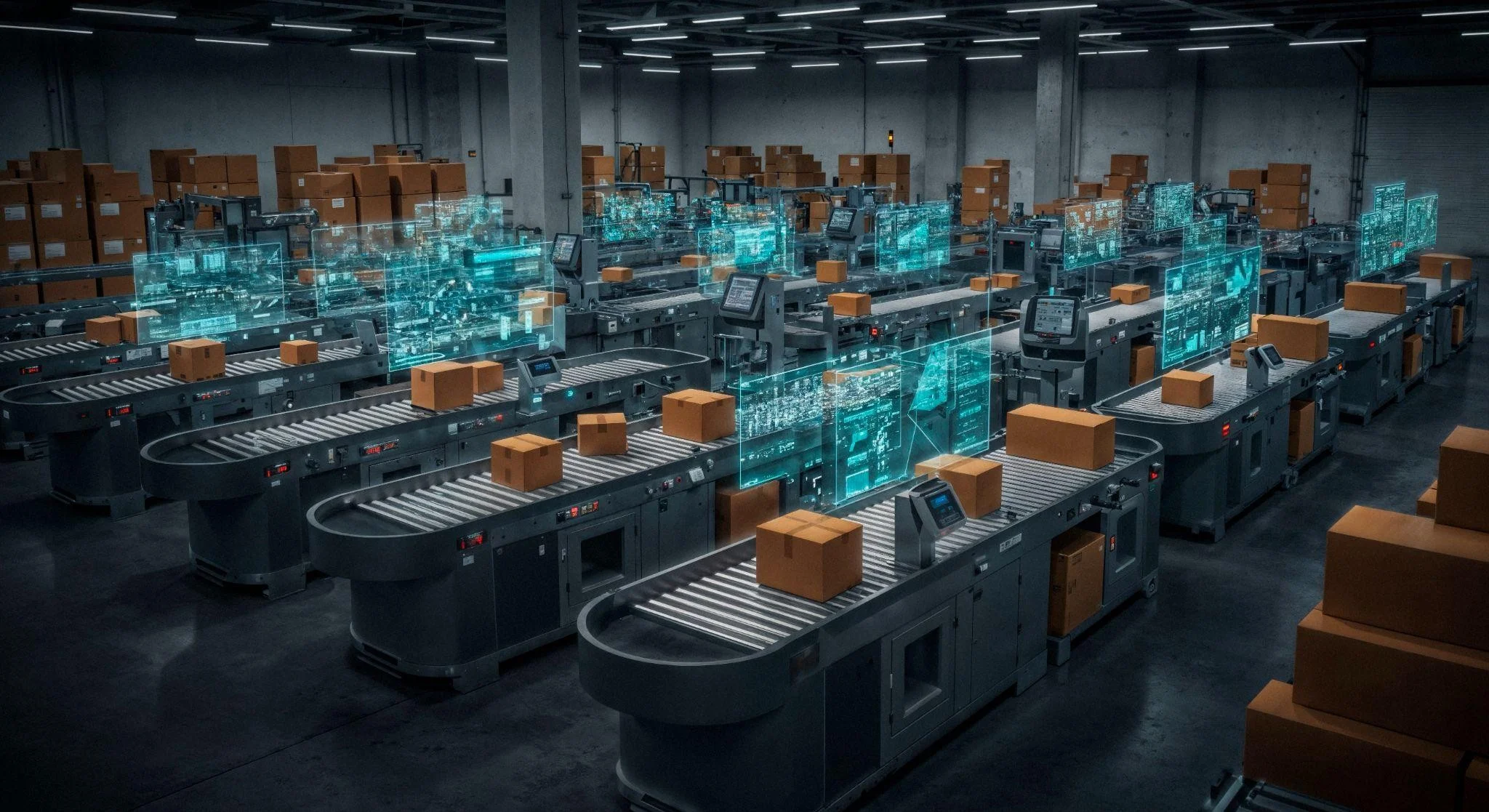Author: Tom Campbell
In our digital age, content is king, but creating engaging and informative content is often a challenge. To meet this challenge, we need to blend creativity, technical skills, and an understanding of the subject matter. As an exploration into the power of generative AI, I embarked on a journey to create two distinct videos using AI, with each video tackling a crucial aspect of Artificial Intelligence (AI): data bias and the foundational role of data in AI. In this blog I recount this journey and offer insights into the creative process augmented by the capabilities of AI.
Conceptualization
My initial step was idea conception. I turned to ChatGPT, instructed it to act as a data scientist and told it my initial need, tell me about data and AI. ChatGPT’s initial responses provided a foundation of content from which I could build.
To delve deeper into the nuances, I asked for elaboration on two topics: the importance of data in AI and the issue of data bias. The AI’s ability to expound on these complex issues was instrumental in helping me formulate the content for my blog post. From this information, I crafted a simple document that laid the groundwork for my subsequent video scripts.
Discovering the Right AI Video Creation Tool
With my blog document at hand, I set out to find the perfect, and not too expensive, AI video creation tool that could bring my vision to life. After experimenting with various options, I settled on Steve.ai for its promise of simplicity and automation. The first draft video it generated, however, presented a cartoonish aesthetic that didn’t match the professional tone I was aiming for. This mismatch highlighted the importance of aligning the visual style of the content with its intended message and audience.
Next, I transformed my blog documents into more structured video scripts, which Steve.ai could interpret and convert into a presentation-style draft video. The platform used AI to suggest imagery and design elements for each slide, but it was up to me to curate these suggestions to ensure relevance and visual appeal.
Refining the AI-Generated Content
The fine-tuning phase was hands-on, detailed, and kind of monotonous. I went through each slide, assessing the AI-selected images and replacing them when necessary to better suit the content. I made timing adjustments for each frame which is crucial to maintain a natural flow and ensure that the narrative had the right pace to keep viewers engaged.
Background music and a narrator’s voice were selected to add an additional layer of professionalism and polish to the video. The choice of music and voiceover can significantly affect viewer perception, and it took several iterations to find the perfect fit. The loudness of the music also had to be adjusted. Only after many, many reviews to ensure each element was in harmony did I finalize the video, culminating in an MP4 file that was both informative and aesthetically pleasing.
Comparing AI Video Creation Tools
The creative process didn’t end with Steve.ai. I later discovered Fliki.ai, another video creation tool that offered a different set of features and capabilities. Each tool has its strengths, and the choice between them depends on the specific needs of the project and the creator’s preferences. What stood out, however, was the flexibility and adaptability of these tools, which could significantly lower the barriers to video production for content creators.
The Versatility of Generative AI
The applications of Generative AI extend far beyond drafting scripts for videos. It proves invaluable in refining sentences, crafting paragraphs, composing emails, and even in image generation. Its potential as a creative aid is vast, facilitating a smoother and more efficient creative process across various types of content.
Another remarkable use case for generative AI is in creating proof of concepts (POCs) when data scarcity is an issue. By simply describing the needed data and requesting a CSV output, generative AI can simulate datasets that allow for meaningful development and testing. This capability is a game-changer for developers and researchers who require large volumes of data to validate their hypotheses and models. We then simply use that data to start working on our models.




